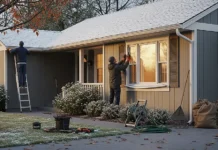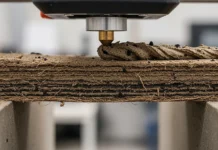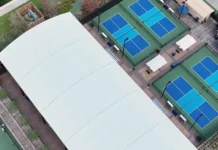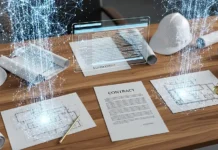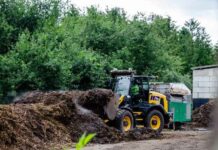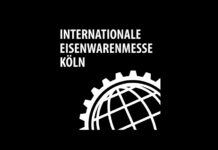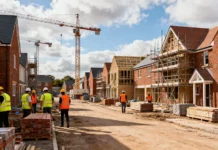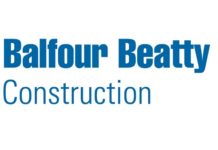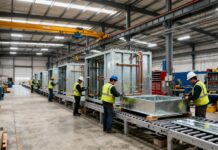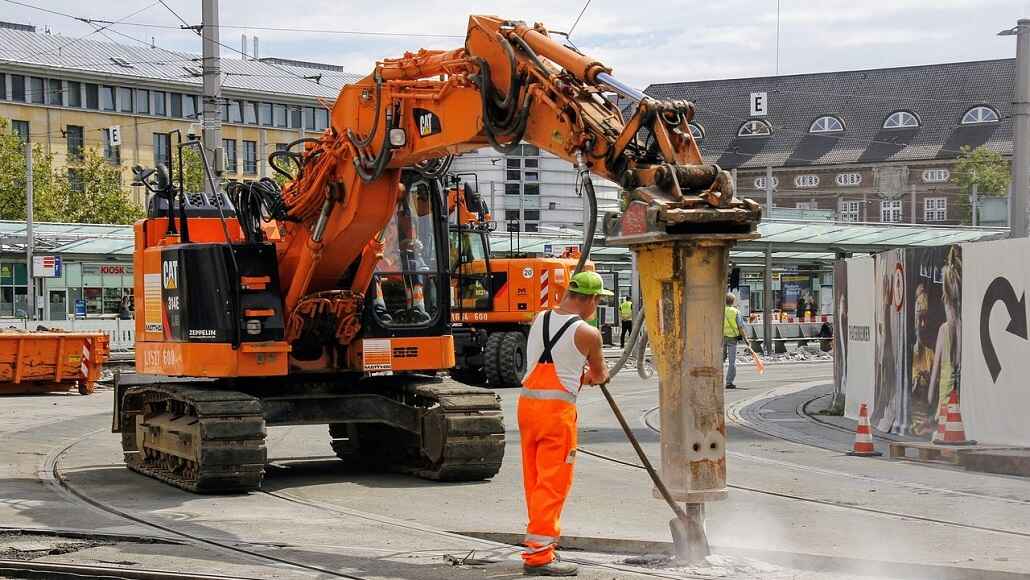Visual documentation is often routine in the construction industry. However, this material holds far more value. This article explores how visual documentation strengthens legal defense, ensures adherence to codes and contracts, prevents project delays caused by miscommunication, and supports long-term reputation management.
Key Benefits of Visual Documentation in Legal and Compliance Contexts
The most common form of visual documentation in construction is still photography, typically used to record completed work, material placement, and safety compliance. These are high-resolution images taken daily or at key milestones to capture specific construction phases and site conditions.
Another type of construction technology is time-lapse photography, which involves fixed cameras programmed to take images at regular intervals over an extended period. These cameras are typically installed at elevated positions and operate automatically throughout the project lifecycle.
Video recordings are also common, often captured during site walk-throughs or to document particular construction events. These may include standard video or 360-degree formats, depending on the level of detail or spatial coverage required.
On top of that, drone imagery plays a growing role in construction documentation, especially on larger or multi-structure projects. It captures overhead views, perimeter conditions, and site access points from an elevated perspective. More advanced methods include 3D laser scanning and photogrammetry, which generate digital representations of physical spaces. So, how do these visual documents help in litigation and compliance?
Protects Against Legal Claims
Clear, time-stamped photos and videos verify when specific work occurred and show the site conditions. These visuals establish whether damage existed at the time or happened later. Thus, attorneys rely on them to support claims or dismiss false allegations.
For instance, a time-stamped photo showing that guardrails were in place or that weather-disrupted concrete pouring provides solid evidence, not just a verbal defense. Legal teams rely on this material to establish facts quickly and reduce the burden of proving compliance or refuting a claim. Without it, your defense often depends on memory, hearsay, or conflicting reports, which are far less reliable in court or arbitration.
Supports Regulatory Compliance
Building inspectors and regulatory agencies often require proof that construction activities meet safety and environmental standards. Visual documentation provides this proof without needing repeated on-site inspections. For instance, photographs showing correct shoring in trenches or properly stored hazardous materials can satisfy OSHA requirements during audits.
Similarly, time-stamped images of erosion control measures or dust suppression procedures can address EPA or local environmental rules. Keeping a well-organized visual archive allows your team to respond quickly when someone questions compliance and shows that your firm prioritizes adherence to regulations. It reduces the risk of stop-work orders, fines, or delays caused by inspection backlogs or agency concerns.
Reduces Payment and Scope Disputes
Visual documentation offers an objective way to verify completed work, clarify changes, and support invoices. When a client considers the work incomplete and refuses to pay, photos showing task completion or delivery confirmation can resolve the issue without escalating to formal claims.
Likewise, if a subcontractor demands extra payment for unexpected site conditions, drone footage or images can confirm whether those conditions existed. Linking these visuals to change orders and time logs creates a reliable timeline everyone can follow.
Strengthens Contract Enforcement
Most construction contracts include milestone checkpoints that trigger payments or approvals. Thus, documenting those milestones with time-stamped images gives you an objective record to support those contractual triggers.
For example, a photo showing you completed the mechanical rough-ins on a specific date proves you attained the milestone—even if the client or consultant was off-site. If you submit a change order due to an unexpected site condition, accompanying visuals show why the change was necessary and how it impacted the schedule.
Improves Stakeholder Communication
Visual documentation keeps everyone aligned by offering a shared view of jobsite progress. For instance, regularly shared images or 360° video walkthroughs let stakeholders observe developments, identify issues, and give approvals without visiting in person.
It reduces miscommunication caused by vague updates or differing interpretations of written reports. It also speeds up decision-making by providing real-time context. For example, a project manager can send annotated photos highlighting an installation concern, allowing the architect to respond immediately with direction.
Deters Fraudulent Claims
When documentation is thorough and consistent, it becomes difficult for bad actors to exaggerate damages, deny work performed, or manipulate timelines. For example, if a subcontractor claims site conditions caused damage, but photos show no evidence of such damage at the relevant time, you can challenge and reject the claim. It discourages false claims and creates a higher standard of accountability across all parties involved in the project.
Boosts Long-term Reputation
Clients and partners notice when a firm consistently uses visual documentation to back its work. It signals professionalism, transparency, and attention to detail. Over time, this reputation can lead to more referrals, better reviews, and increased trust with regulators and insurers. Firms that demonstrate proactive documentation often stand out in competitive bids, especially on public or high-risk projects.
Offers Cost-effective Risk Management
Visual tools such as drones, 360-degree cameras, and smartphone apps are increasingly affordable and easy to use. When incorporated into daily routines, they provide ongoing protection without adding significant labor or expense. Compared to the cost of defending a lawsuit, dealing with a stop-work order, or paying out a disputed claim, the investment in documentation is minimal.
Conclusion
Visual documentation in construction does far more than capture progress because it builds a foundation of proof that protects projects from risk. These records clarify an issue where memory fails and help resolve disputes before they escalate. As project demands grow more complex and oversight becomes stricter, the value of consistent, high-quality documentation only increases.



